5 Marketing Attribution Tips to Protect Your Business
04/19/2022

Privacy changes are disrupting marketing attribution, muddying accurate customer tracking and driving up the cost of new customer acquisition, all of which result in increased marketing spend. Here are the main attributors to this disruption:
-
- Apple’s ATT— (App Tracking Transparency) requires mobile marketers to ask consent from users in order to track them, must ask user’s permission to track them across apps and websites owned by companies other than Apple
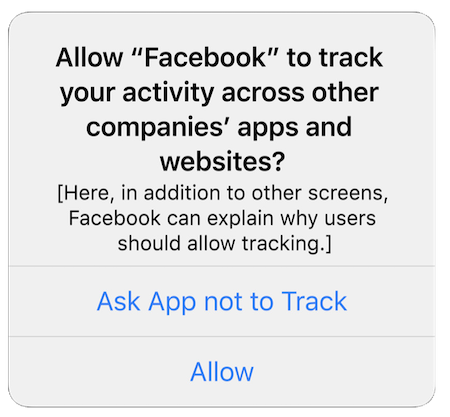
-
- Apple’s “Hide My Email”— lets users create unique, random email addresses to use with apps, websites, etc. This allows one’s personal email to stay private
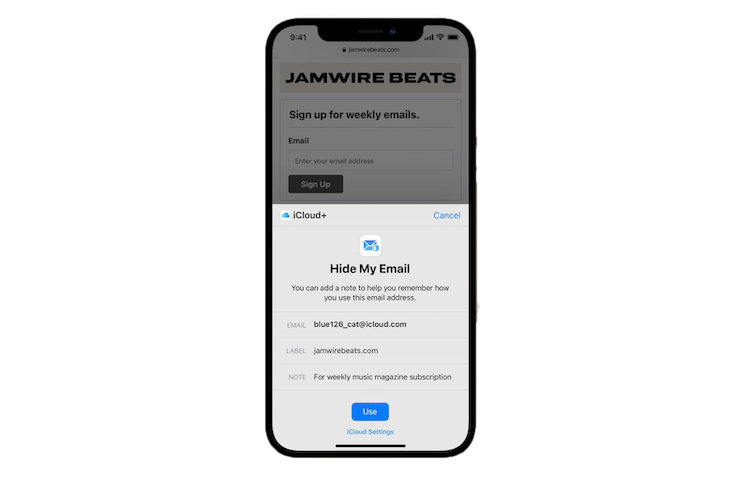
-
- Google Privacy Sandbox— Initiative led by Google to create web standards for websites to access user information without compromising privacy. Core purpose is to facilitate online advertising without the use of third-party cookies. This approach provides anonymity to the user data but will continue to allow advertisers to practice behavioral targeting

-
- State-by-state privacy regulations— California, Colorado, Virginia, and Utah have all already passed/signed consumer privacy laws, and a significant number of other states have bills in the works
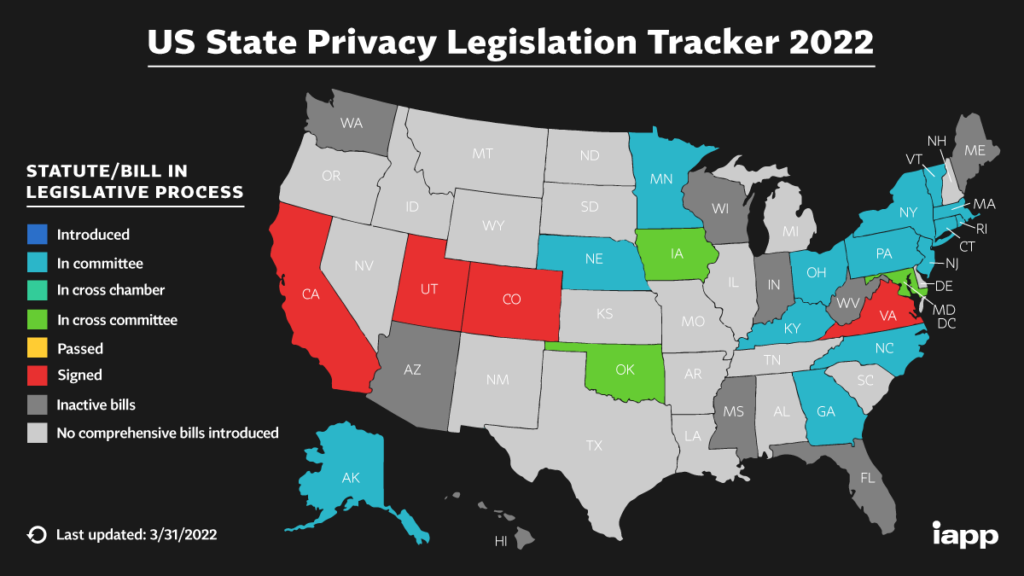
Companies unwilling to address these changes are throwing marketing dollars into a proverbial blackhole. In order to avoid this, it is crucial for brands to future-proof their attribution and measurement. (For an informative eBook with details on how Apple, Google and other tech industry players are driving the demise of multi-touch attribution, click here).
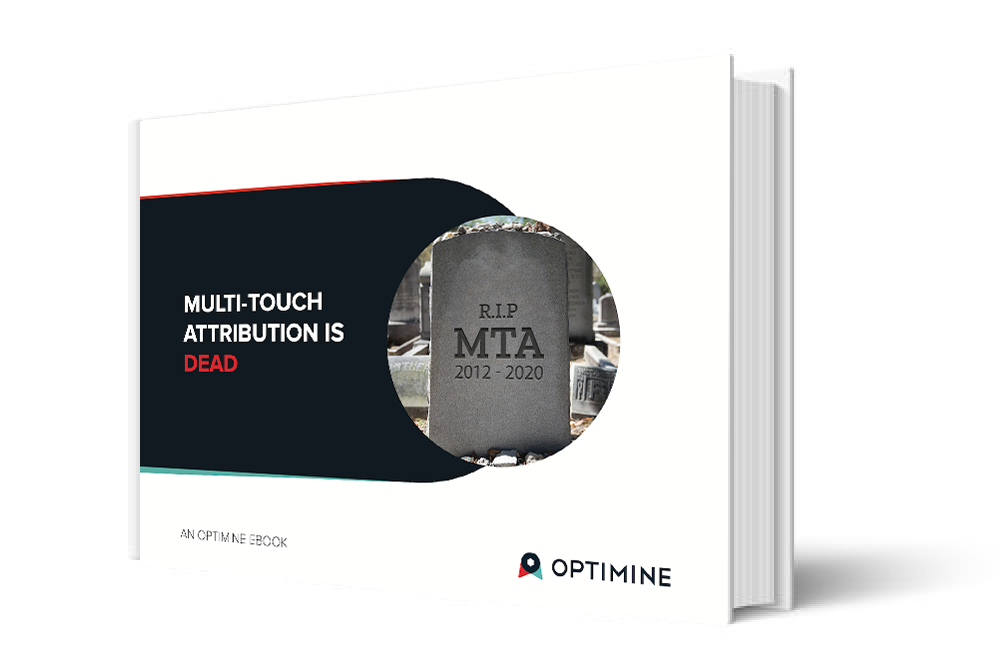
5 Marketing Attribution Tips to Protect Your Business
1. Stay informed on upcoming Google changes:
- Google Privacy Sandbox (Click here for the link to Google’s official Privacy Sandbox site)
- Google Topics (for information on what “Google Topics” is, how it will work, how it differs from Google FLoC and so much more, read OptiMine’s educational blog post on the subject, here).
- Learn more about Google Topics and how it ties into the current measurement dilemma by watching OptiMine’s latest webinar (available on-demand now) with the Advertising Research Foundation & the IAB, here.
2. Assess your brand’s current state:
Taking stock of your brand’s current state regarding marketing attribution requires the identification of all measurement, processes, data and partners that touch or require tracking data. With the working assumption that future-proofing your measurement requires you move away from approaches that are being disrupted, it is essential to identify where your brand is vulnerable.
3. Hold your brand accountable:
As a brand moves toward future-proofing, it also needs to ensure the changes are permanent and the decisions (and decision processes) are updated to reflect the new measurement approach. Accountability is required to ensure that the previous approaches are no longer used. This requires active governance, leadership and persistent, ongoing participation of all involved. It is important to note that the analytic and data foundation must also evolve to support new measurement methods, systems and vendors.
4. Apply agile adaptation:
As privacy regulations and changes continue to evolve, so must your company’s approach to measurement. To ensure ongoing success, and importantly, not lose the drive for continuous improvement and innovation, agility is key.
OptiMine’s approach to agile adaptation is directly sourced from Agile Methodology used by technology companies to innovate faster, meet market opportunities in less time, and reduce failure risks. When applied to marketing measurement, agile test and measure sprints help the brand measure marketing changes and read performance quickly to provide a continuous feedback loop to drive improvement.
Adopting an agile approach requires OptiMine’s equally agile marketing measurement solution. For an educational guide with details on how to plan for data loss due to consumer privacy changes and how to adjust/adapt your marketing measurement for future-proof success, click here.
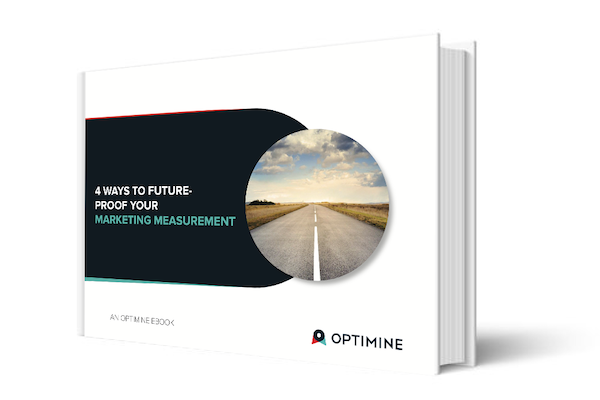
5. Start NOW:
Major privacy will continue to expand and Google’s upcoming change may have the biggest impact yet.
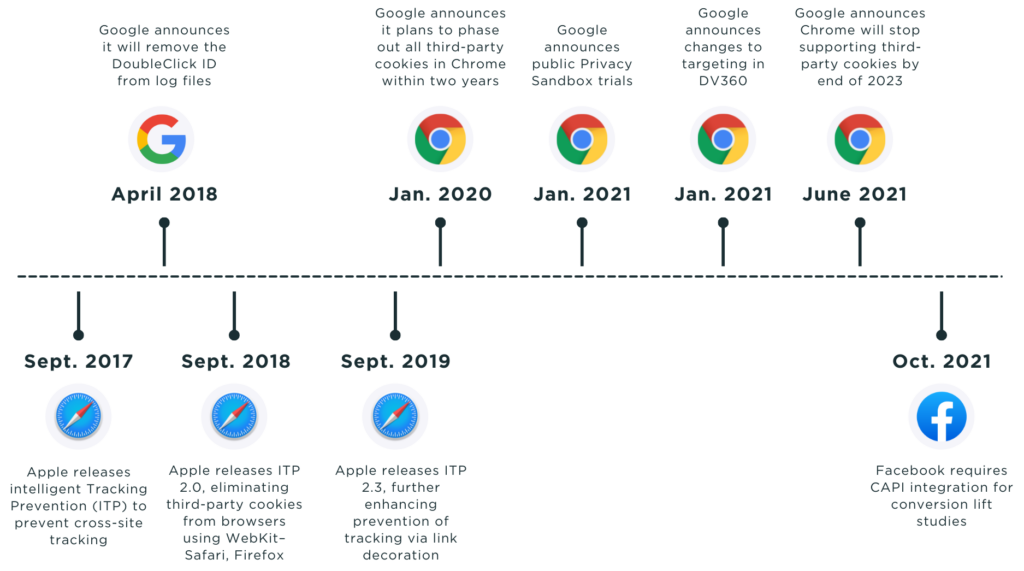
NOW is the time to implement a privacy-safe measurement capability.
A privacy-safe/future-proof measurement solution might seem like an oxymoron, but OptiMine does not use any PII, tracking, or consumer identity data—EVER. Therefore, OptiMine is completely unaffected by ALL of the current and upcoming privacy changes.
Bonus Tips
6. Move Away from Identity-Based Attribution Solutions
Cookies are going away, individual tracking will no longer be possible in Google’s ecosystem, Apple’s ATT changes have created customer identity gaps, and privacy regulations raise risks for brands handling PII. It is clear marketing attribution that relies on identity and tracking is no longer an option.
It is time to consider new approaches to attribution, including new, highly modern approaches to MMM that deliver detailed campaign measurement without the need for identity and tracking.
7. Quantify Your Gaps
Your current attribution approach probably has gaps. For example, it probably doesn’t measure traditional media nor offline conversions. Take inventory of these gaps and quantify them. What percent of the marketing budget is missed by your current attribution solution? What percent of your sales conversions aren’t measured by your current attribution solution?
Use this data to build a business case for your organization to move to new solutions that close these gaps. For example, if half of the marketing budget can’t be measured by your marketing attribution and half of your conversions can’t be tracked, this is critical data to make the financial case to move to a new solution. And even small performance improvements in these blank areas will be more than enough to pay back the investments in new solutions.
But until you quantify the gaps, risks and missed opportunities to measure and improve your marketing performance, you won’t be able to make the right case for investing in solutions to fix these problems.
OptiMine is today’s solution, and the time to future-proof your marketing measurement is now. Contact us to learn more!
Additional resources:
- “Selecting a Marketing Attribution Tool” Blog Post
- “Marketing Attribution FAQ” Blog Post
- “What is Multi-Touch Attribution?” Blog Post
- “What is Incrementality in Marketing?” Blog Post
- “Your Marketing Measurement is Going Dark” Blog Post
- “Multi-Touch Attribution is Dead” eBook
- “4 Ways to Future-Proof Your Marketing Measurement” eBook
- OptiMine On-Demand Webinar: “Apple’s ATT Changes Are Now Live. Learn How It’s Impacting Brands’ Measurement, Performance, & How to Move Forward”
- OptiMine x TickPick On-Demand Presentation: “ARF Measurement Challenges Showcase”

